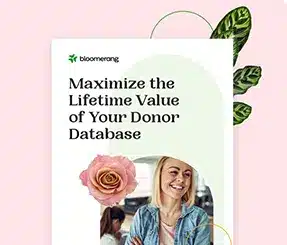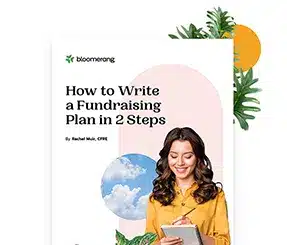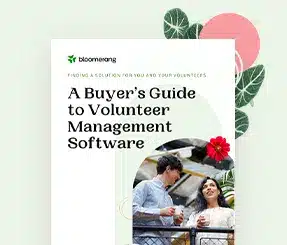Making A Great Story Into A Powerful Fundraising Story


Full Platform Overview Chat With Us



Full Platform Overview Chat With Us




We’ve all heard how important stories are to fundraising communications. But how do you actually pick a great story? And more importantly, how do you take a great story and turn it into a great fundraising story?
Really great stories feature one person (or animal, if you do environmental or conservation work). Psychologically, we are wired for connection. It’s far easier for our brains to put ourselves in the shoes of ONE person and connect with their story than it is for us to do that with a group of people.
When we feature a group of people, we create a barrier to emotional connection that is critical for giving. So, as much as possible, try to keep your story about one person your organization has helped.
Another aspect of a great story is that it clearly states a problem; this is the problem your donors will help solve by giving to your cause.
For example, if you’re asking for coats, you should show how giving a coat changed someone’s life. Or, if you’re asking for an education scholarship, your story should show how that scholarship has led to opportunities and an incredible future for a student who received it.
Tip: Don’t try to put too many needs into one ask or one story. You want this connection to be strong, so try to pick one problem and one story that really shows how important that need is.
Make sure that your story shows how your organization provided a solution for the person you are highlighting.
With your story, you should make sure your donors and potential donors can see how your organization used its unique position to help meet a need and solve a problem in a way that no other organization could. Highlight how you are unique and how your organization is specifically equipped to meet needs just like the one you’re sharing about.
If possible, try to get a quote from the person you’re highlighting.
If you don’t have one, that’s okay—it can still be a really powerful story. However, it can be helpful for your donors to hear directly from the person in their own words.
The same goes for a photo. If you have a high-quality photo that the person has agreed to let you use, that’s fantastic! However, it’s okay to use a better-quality stock image if you need to.
So, now that you know what makes a great story, let’s tie that in with a strong ask to make a more powerful appeal.
The first part of a powerful ask is to use emotion. This is where you can really leverage your story. Meaning, you should use the person you’re highlighting to show what happens when someone needs help and then what life looks like after they receive it.
You need to explain to your donors why giving is so important.
To do that, you need to tie your story in with stats, facts, and other pieces of logic that show your donors that:
Now that you’ve shared emotion and logic, it’s time to be really clear about asking your donors to give. This not only means actually asking them but also having a dollar amount or fundraising goal that they can get behind.
Let’s break down the key parts of clear action:
A strong paragraph with your fundraising story ask could look like:
Your gift of $20 will provide one month’s worth of meals to a hungry child like Kate. If we hit our goal of $20,000 this month, we can provide the additional 500 meals we need to make sure that every child in our city has food to eat this school year. Every dollar makes a difference, and we are so thankful for your giving and support.
By having a great story and combining it with a strong ask, you can not only move your donor’s heads but also their hearts and help your organization raise the money it needs to help more people and accomplish your mission.


Comments
Tendong